Say Hello!
Sign In
- Trekking Tips
How to Prepare Physically for your First Trek
From Himachal Pradesh to Kashmir and Sikkim to Uttarakhand, India is exhaustively diverse in the terrains it has to offer. Whether you prefer a short 3 days trek in the Valley of Flowers or Kedarkantha, Uttarakhand, or a longer 8 days trek in Goecha La, Sikkim, or Stok Kangri, Leh, trekking up a mountain or just hiking across the countryside is a lovely treat, be it solo, group or family treks. However, if you lack the fitness level required, this might turn into an unpleasant experience. Long office hours and a hectic schedule do not always allow a strict fitness plan.
Fortunately, training for treks isn't as difficult as it seems. Training your body in advance means you will have the energy needed to thoroughly enjoy the trip.
First and foremost, it's a good idea to get a medical check-up and consult your doctor. Depending on where your trek would be, he could advise you on necessary precautions and tips to stay healthy.
Walk Walk Walk
The first and obvious thing you need to do? Walk! It helps if you have a habit of walking daily. But, if not, try and incorporate some walking into your routine to prepare for the final trek. When you start preparing for an arduous trek, walking is the first activity you should focus on. Start off with small trips and gradually move on to an hour or two. In your initial weeks of training, it is advisable that you be able to walk at least 3-4 hours before you embark on your journey.But, it's not merely about regular walking. Preparing for a trek is like preparing for a long distance run or a long distance trail walking. Even when you eliminate the fact that trekking is not a competition, your body still needs to be able to get accustomed to stress. Whether your trek is in the beautiful Valley of Flowers and Hemkund Sahib or Nag Tibba in the Himalayas, or Dayara Bugyal in Uttarakhand, walking for a couple of hours in high altitude or at an altitude of 3000 feet is challenging, if your body isn't used to rigorous physical exercise.
Cardi-oh!
Next on the list is cardio. Cardio is not just a series of boring workouts. There are plenty of exciting possibilities to help you truly enjoy exercise.Football, swimming, cycling, climbing stairs and weighted squats and lunges are excellent activities to help you prepare. What you want is an exercise for your calves and quads. Strength training is ideal. It helps build up muscles.
Trekkers need to prepare the entire body if you want to avoid injury during the actual trek. It is therefore important to recognize your weaknesses and toughen major muscle groups, including stomach muscles and the adjacent muscle groups, the core.
Stuck at the office all day? Chuck the lift, use the stairs!
Different Terrains
Deep Snow, Dirt, and Gravel, Rocky Surfaces, and Hills - irrespective of the level of difficulty, every trek has something in common. All treks involve involves climbing and descending. So, it is crucial to prepare your body to be able to cope with unfamiliar terrains. What you can do is keep going back and forth - training your muscles and joints in the gym or during outdoor sports.
Most of us aren't used to walking on higher elevations. But, if you have diverse terrain surrounding you, it would do good to walk up and down a hill, for example. This would give you an idea of the actual trek and help you develop muscle strength. At the gym, try to increase the incline on a treadmill by 1-2%. Gradually increase the incline by 2-5% as you near the day of the trek. Train for a walk of 1-2 hours on a flat surface for 7 days and slowly increase it to 3 hours with walks on inclines for 4 or 5 days a week.
The Backpack
Since you will carry a backpack with you, it is a good idea to adapt to the extra weight. This is your final phase of training. When you are used to long walks on rough surfaces and inclines, it is time to add a backpack with approximately 4 kg in it.
You need to be accustomed to a situation where you can walk correctly, even with all the extra weight of a backpack.
Watch That Step
This might come across as absurd, but it is important to walk correctly. When you walk, observe which part of the foot touches the ground first. If it's the heel, you are doing it right. The heel comes first, followed by rolling the toe. Keep in mind the correct posture too - walk straight and do not slouch. It's a good idea to invest in good-quality hiking boots too. With a range of water-resistant and supportive footwear in the market, there are innumerable options to choose from. Wear them in and get a feel before the actual trek.
If you walk incorrectly during 100 kilometers of rough terrain, there could be multiple problems including muscle. You do not want something so basic to ruin your wonderful journey.
Sleep. Hydrate. Repeat.
You've trained well. You are excited about the trip. Your backpack is ready.
There's something else. Hydration! It is vital to stay hydrated. Not merely during the trek, but also when you are training. Less water means lower stamina, more exhaustion, and possible altitude sickness. Also, you need to get at least 8 hours of sleep every night before you set off for your trip. Many travellers tend to suffer from insomnia at higher altitudes, which makes your expedition tougher.
As a final point, trekking should be something you enjoy. It should not turn into a laborious task you want to get done with. After all, it's not a competition! So go, explore the wonder around you and take it all in.

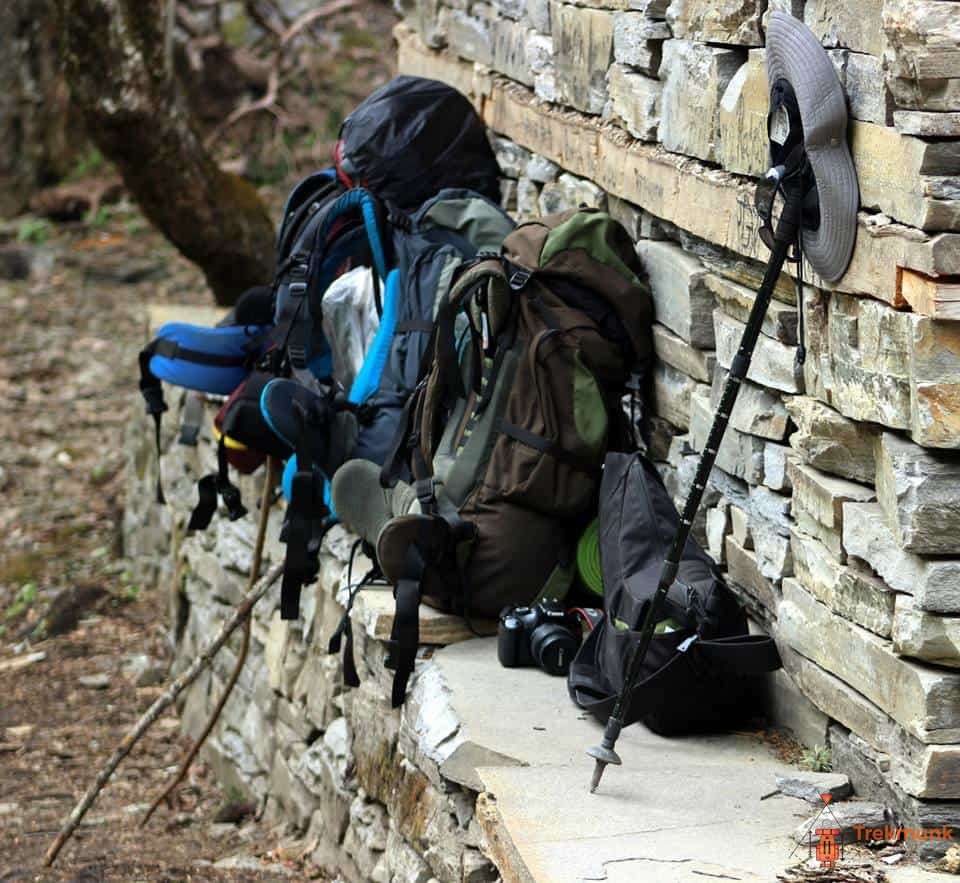
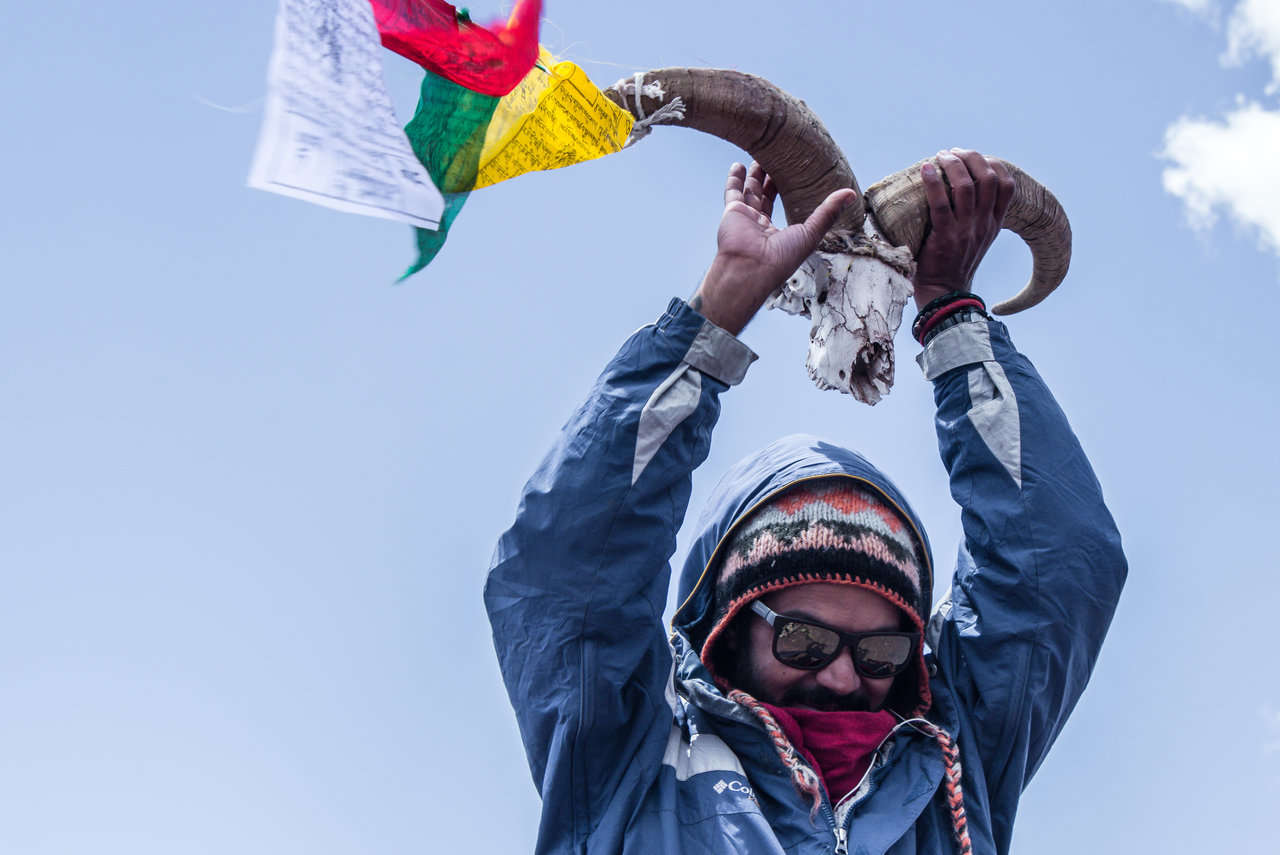
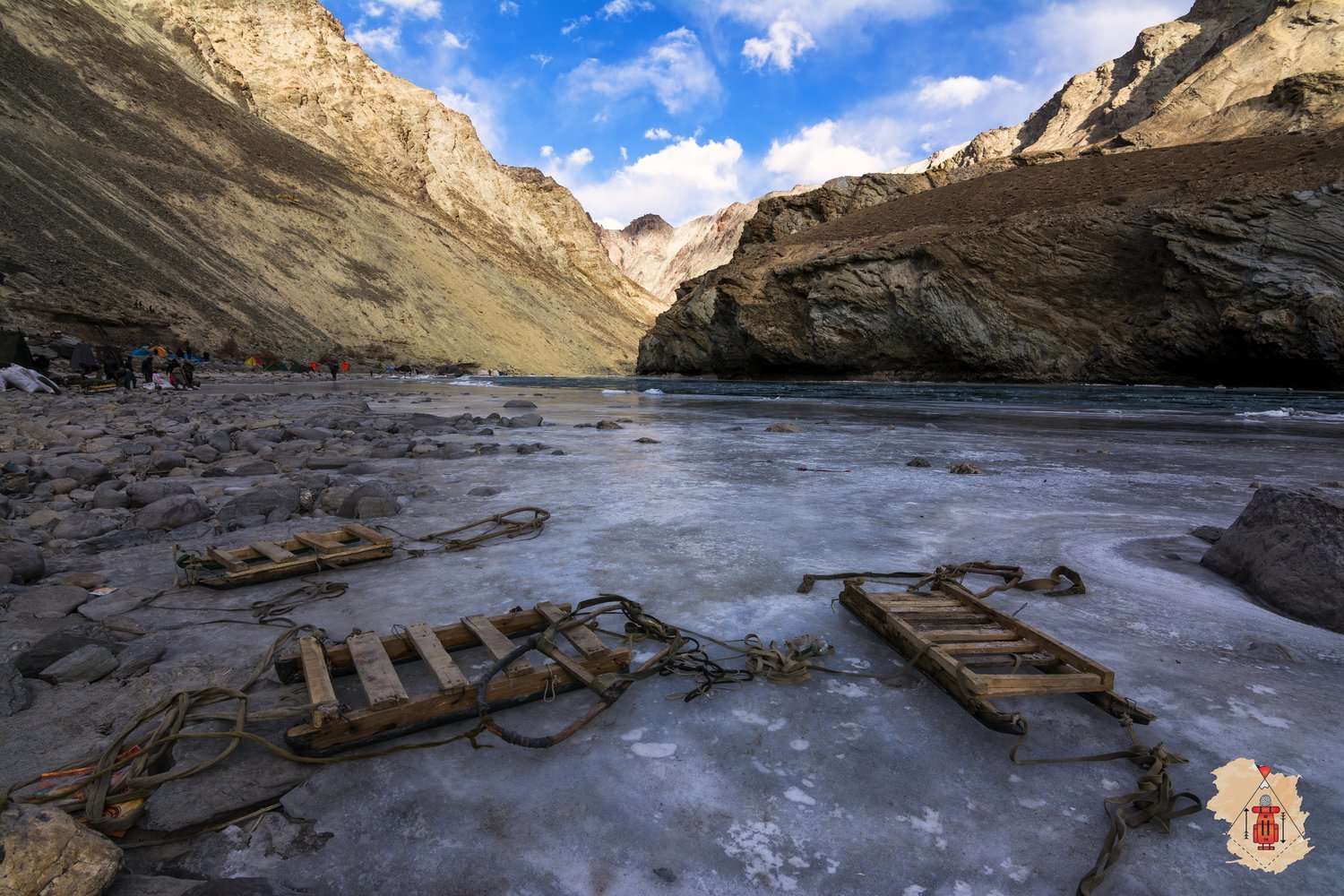
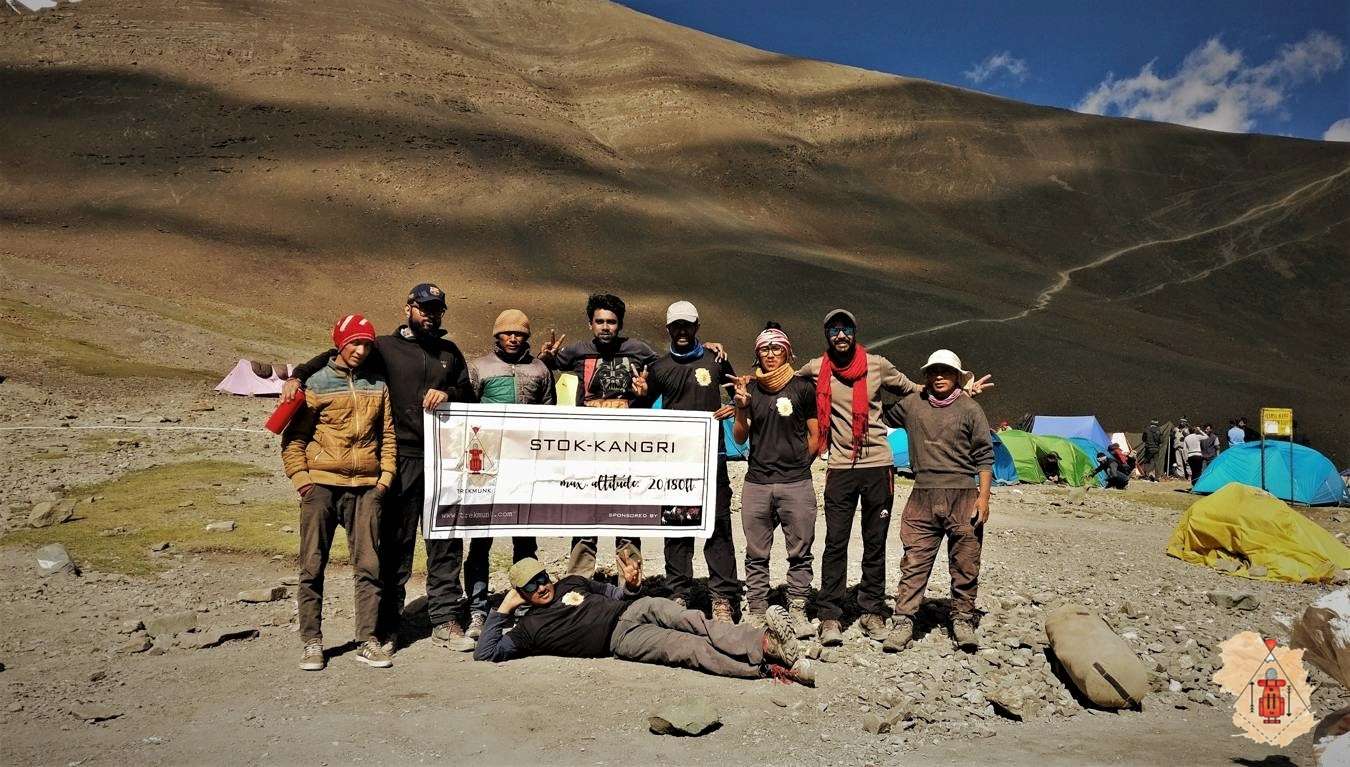
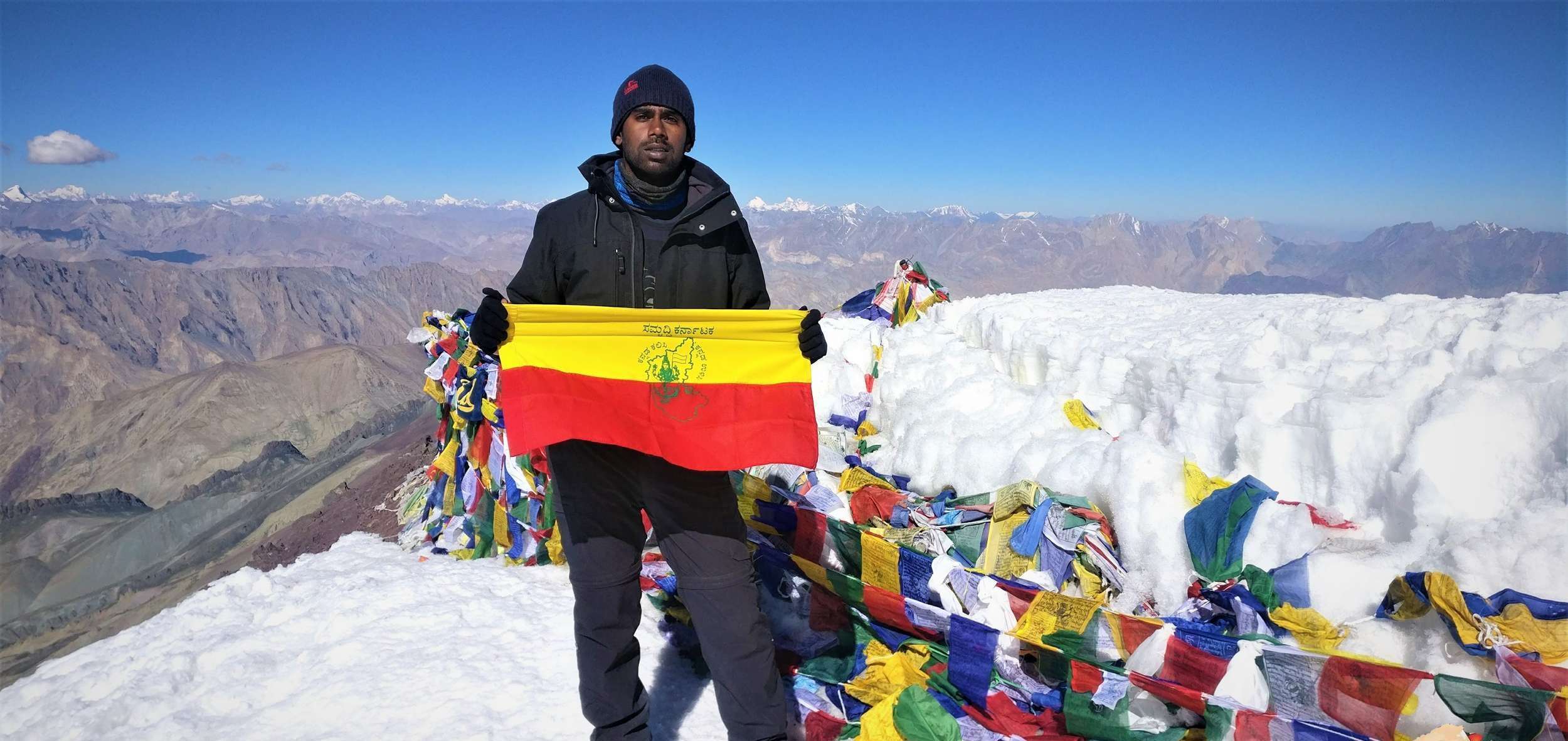
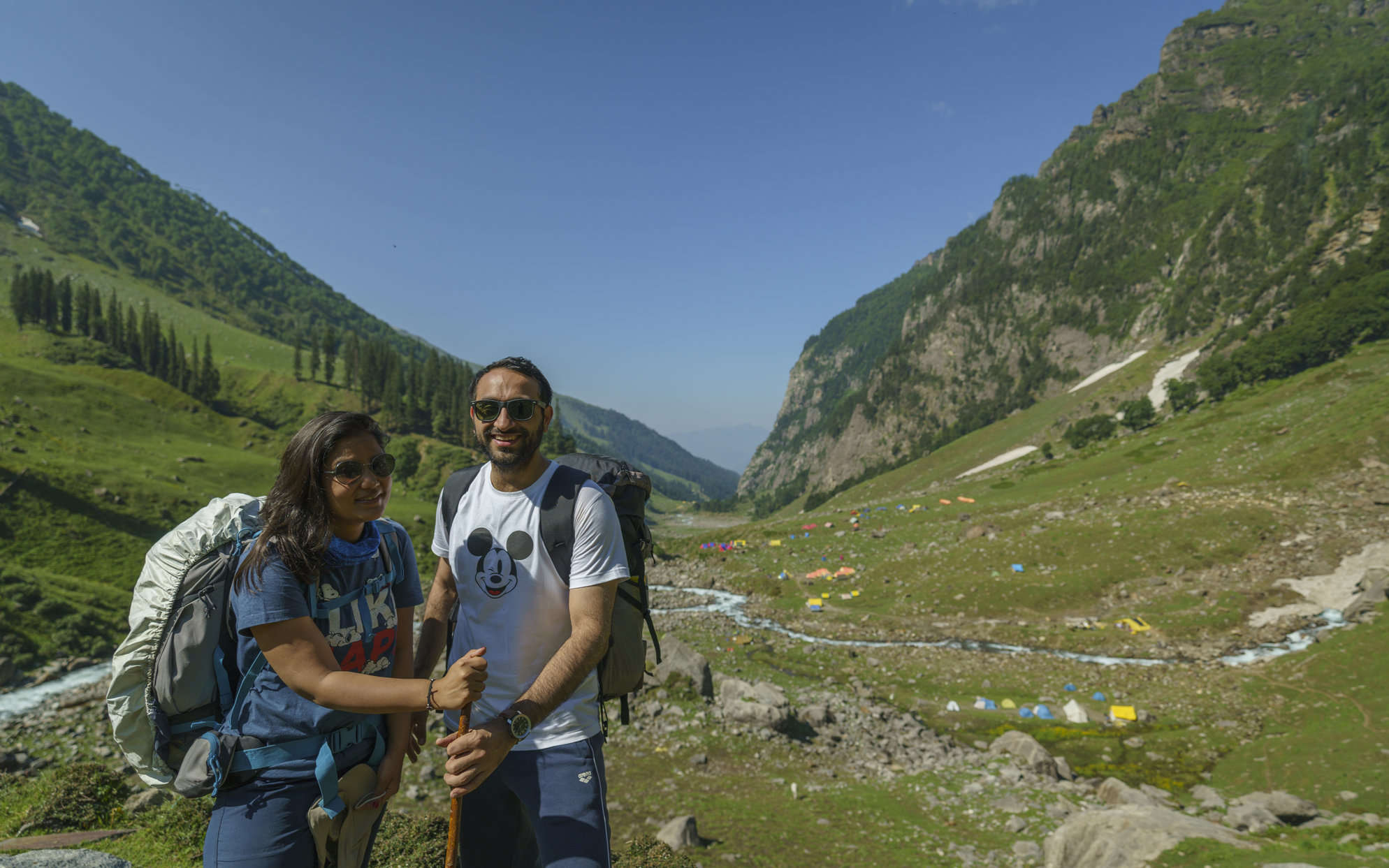
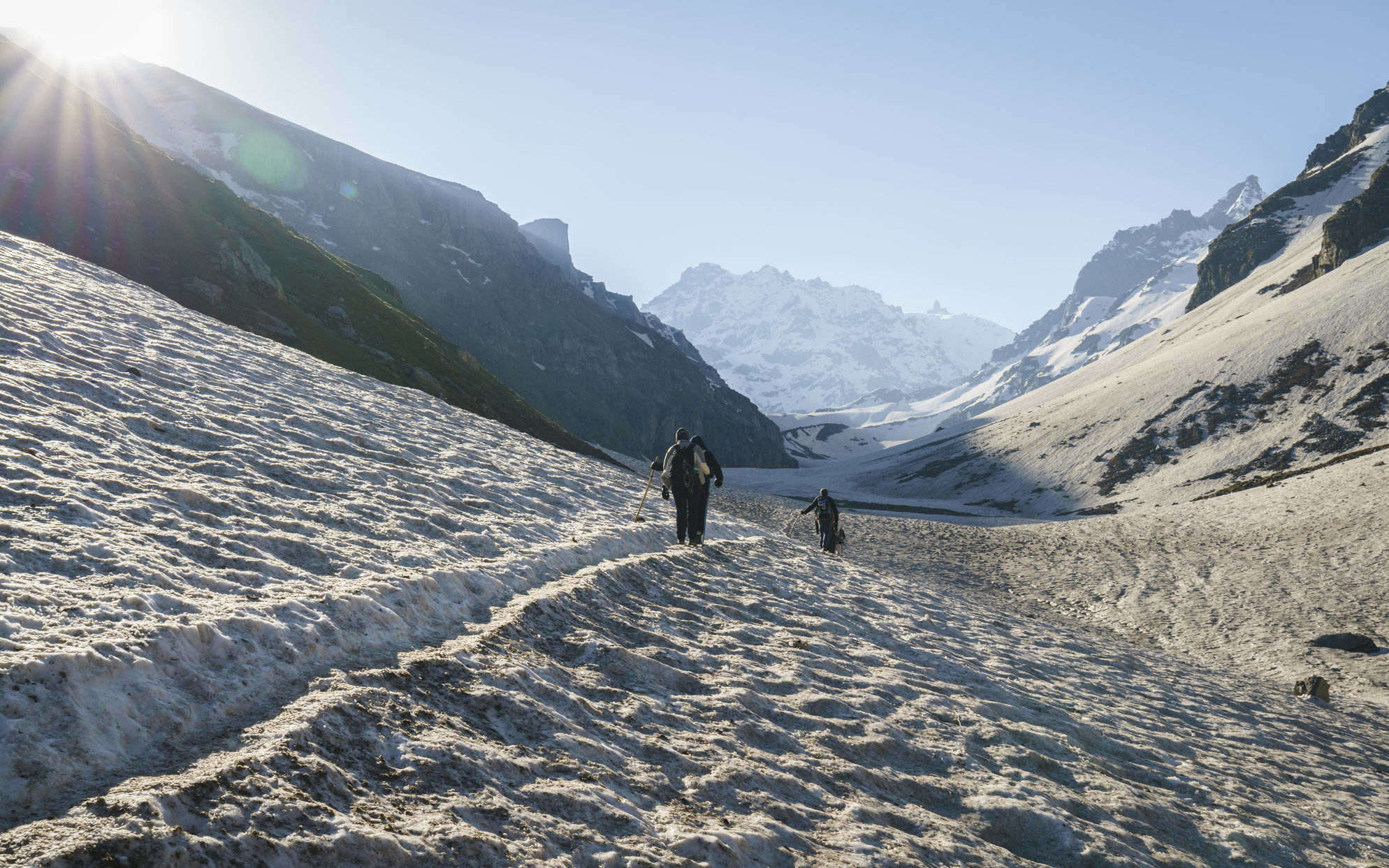
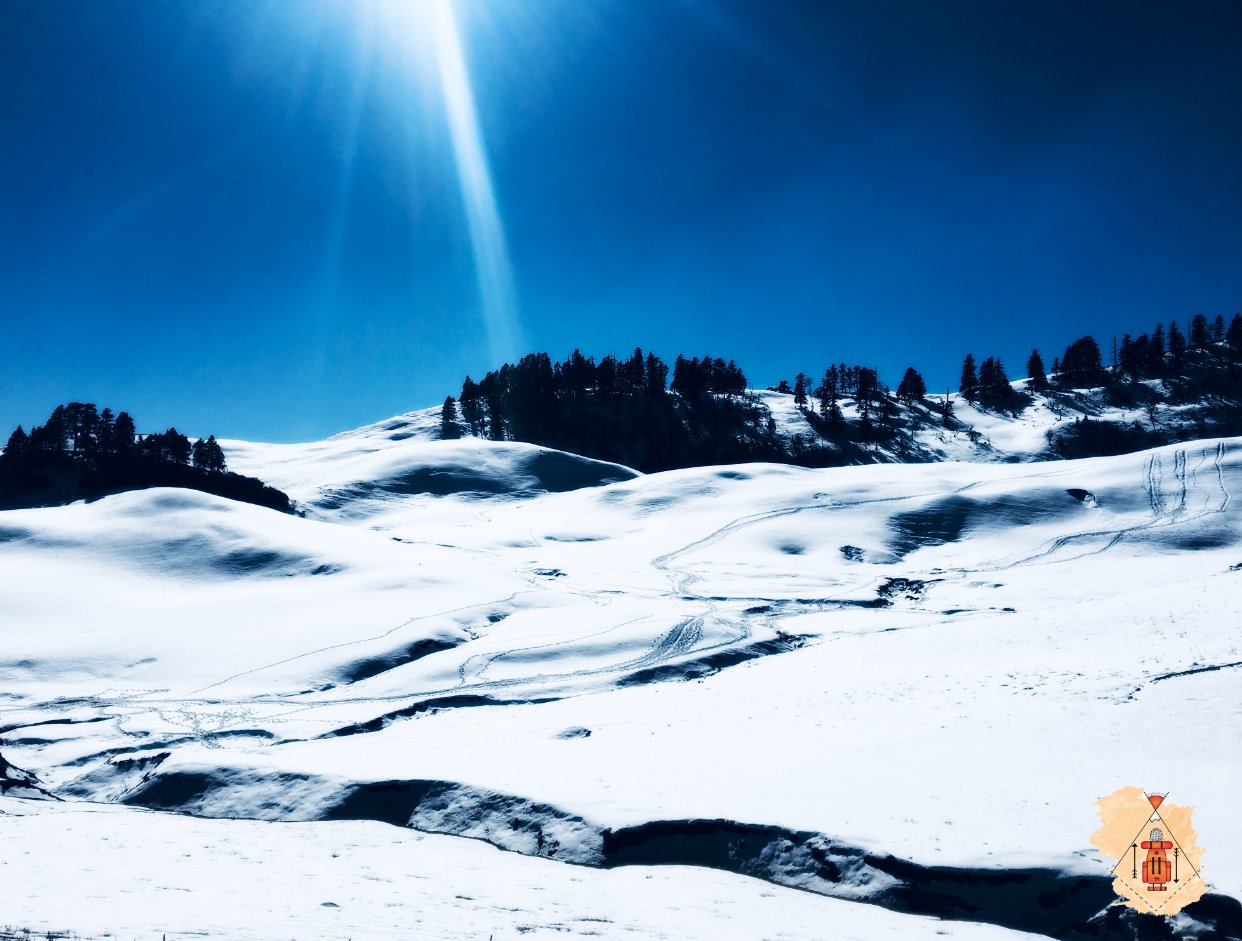
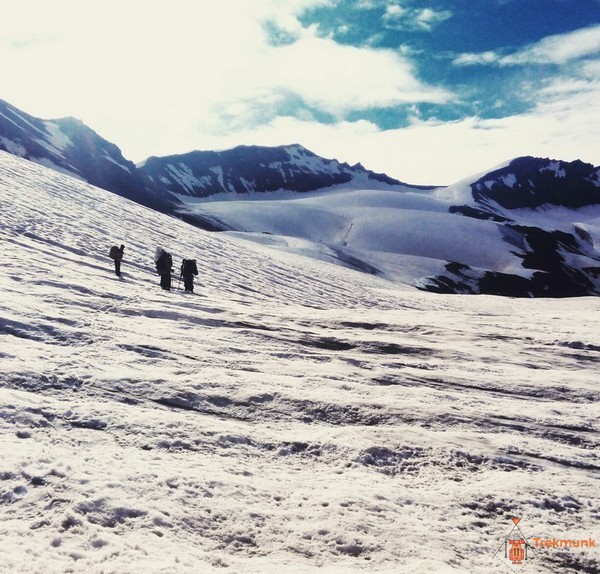

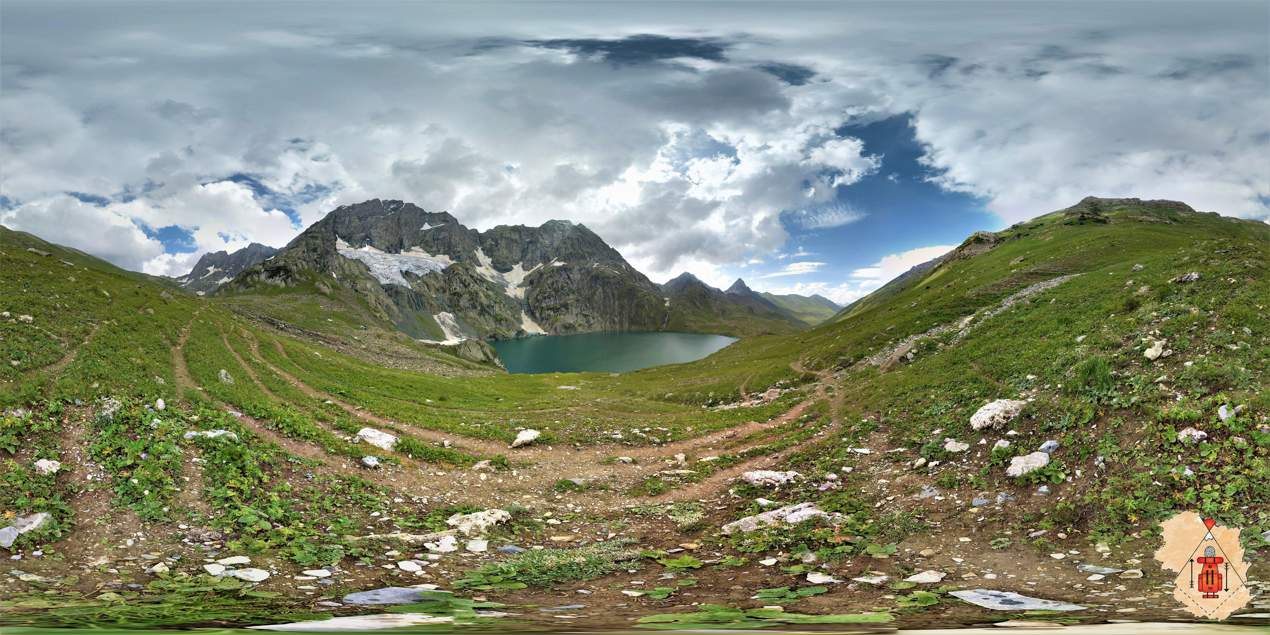
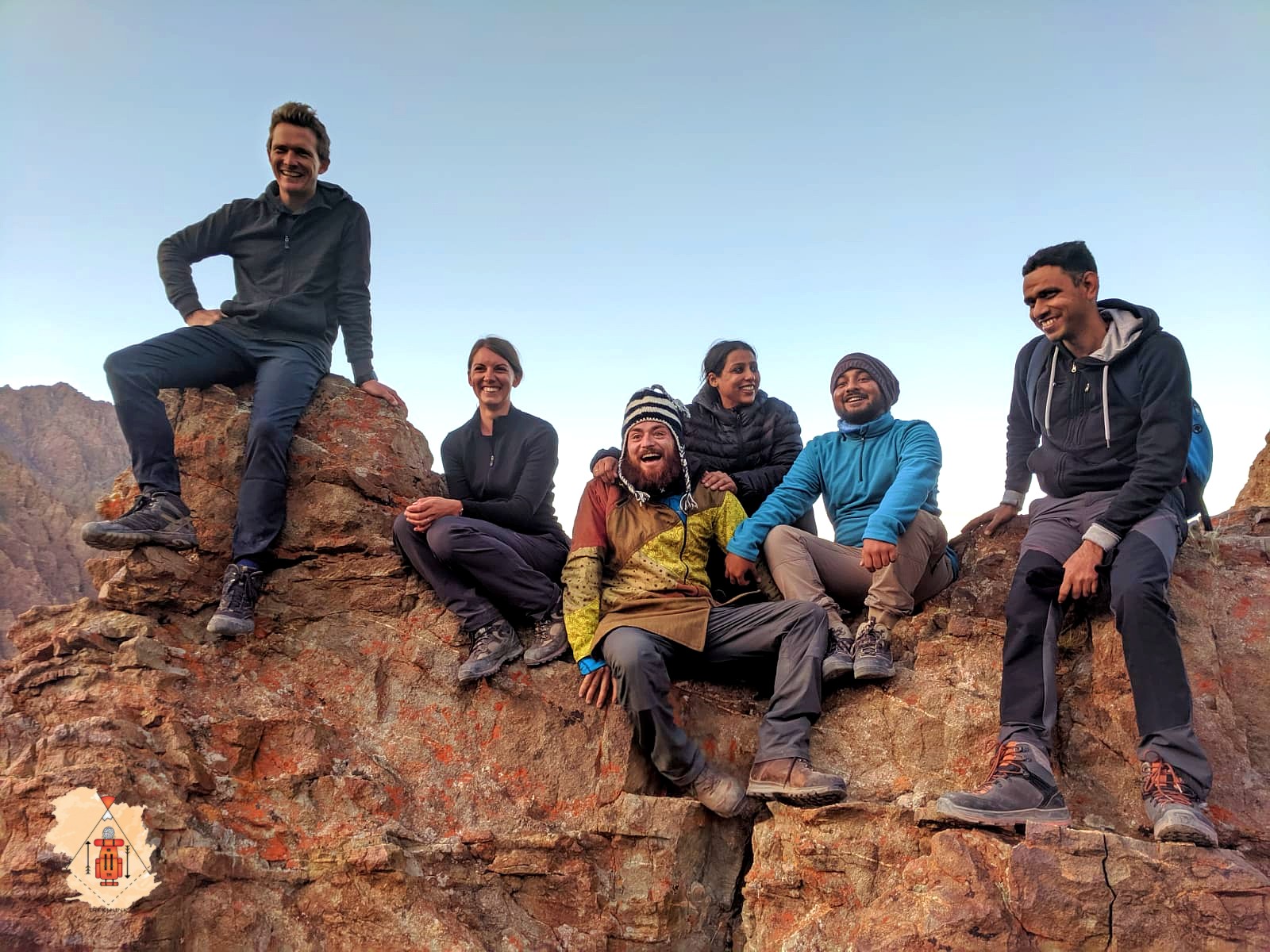
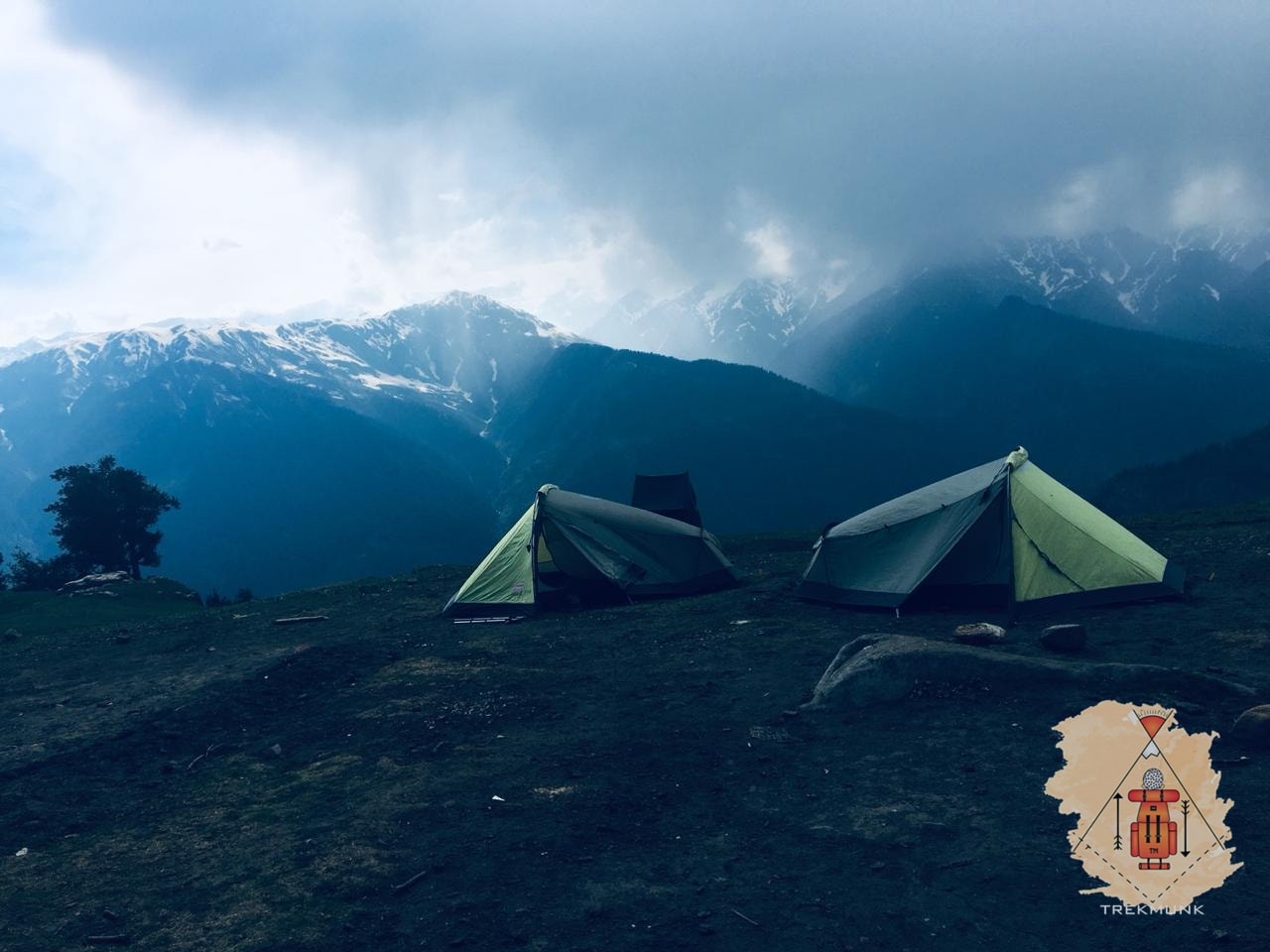
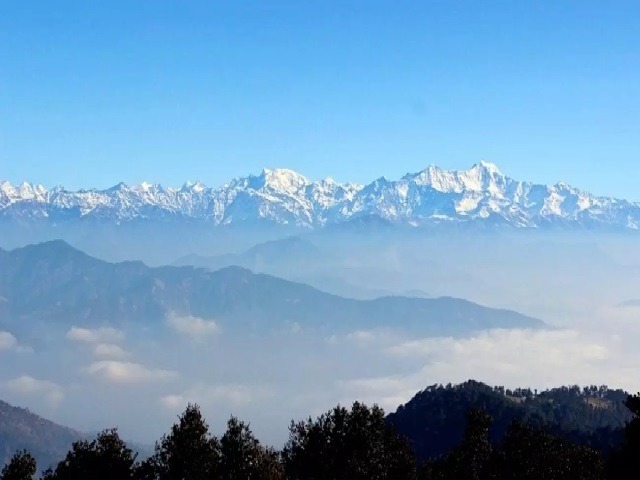
Oshank Soni : Co-Founder at Trekmunk. Has travelled to 28 Indian States, has led more than 50 high altitude treks in the Indian Himalayas. He is an Investment Banker by profession but a traveller by passion. He has led treks in Kashmir, Ladakh, Uttarakhand, Himachal Pradesh, West Bengal, Sikkim and Nepal. He is a NOLS certified First Aid Responder. Chasing the sun is his full-time job, a Storyteller, Travel photographer and Videographer at Insane Traveller Productions.